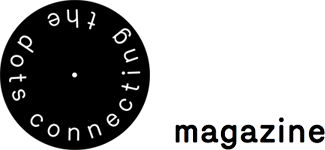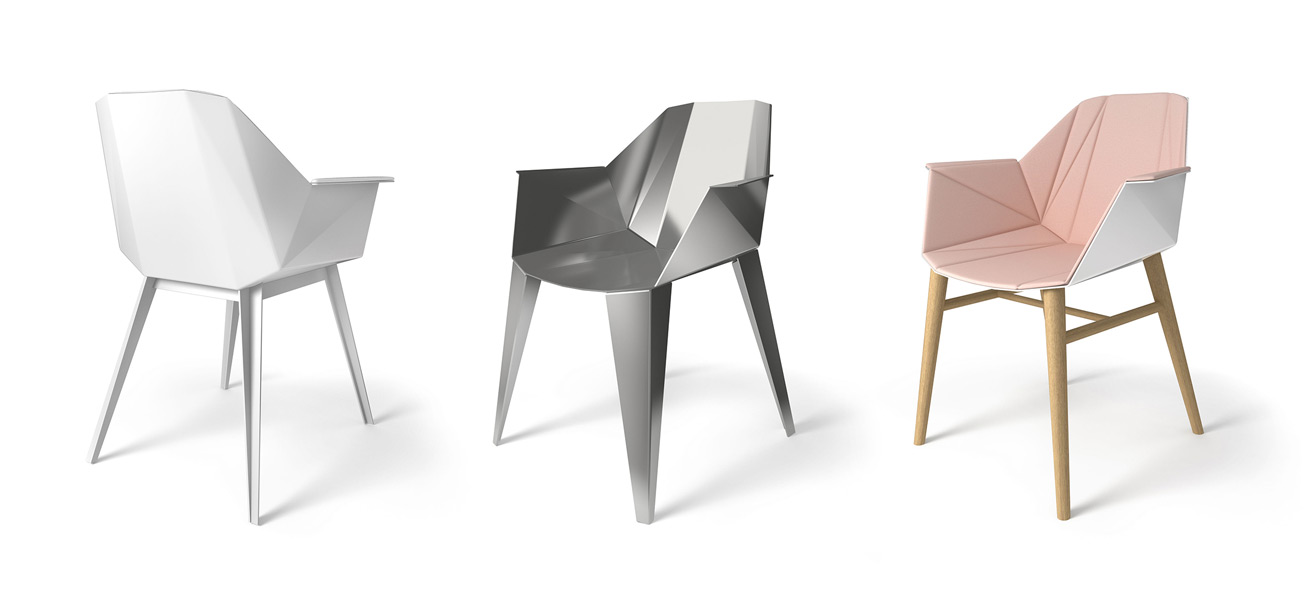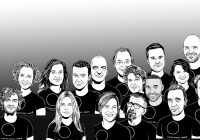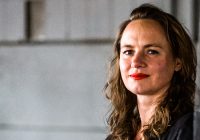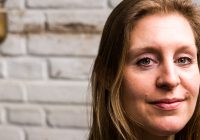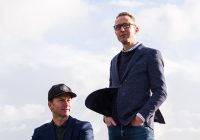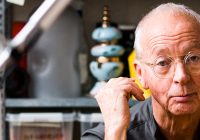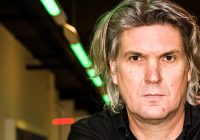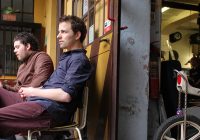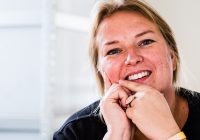Collective efforts yield a unique collection
Text by Annemiek van Grondel
It started out organically. A tiny seed grew into something viable and promising. Mutual understanding, a long-term investment in resources and, most of all, perseverance are at the foundation of an exceptional collaboration between a company and two designers. This developed into Dutch design label eQ+, with an intriguing collection. It was no sinecure: thinking up, designing, producing and selling furniture for the international market. What is involved in this process? Jasper Broeders (eQ+) and designers Geke Lensink and Jesse Visser shed some light on this complex matter.
Who says that the best works come about without compromise? Compromise can result in an excellent outcome. Take the Alumni collection – aluminium bucket seats in a facetted shape, with multiple coatings and bases in various materials. The Salone del Mobile audience responded enthusiastically, and at the Dutch Design District trade show the collection won first prize in the Best Product category. Yet the final design is a compromise, says eQ+ cofounder Jasper Broeders, who is also the owner of office interior and project design company Aarts & Co. Four years ago, he asked two experienced designers, Geke Lensink and Jesse Visser, to realise a design collection for his new label. The Alumni is one of eQ+’s latest products. “I suggested aluminium as a material, while Geke put forward bio-based plastic, with the support of Laura van der Net, an interior architect who is closely involved with eQ+,” says Broeders. “To which Geke responded by suggesting a facetted shape instead of the usual round shape.” At Super Brands at London Design Festival, the Alumni collection will feature prominently in the eQ+ stand.
The collaboration between the designers came about organically from joint interior projects for which furniture was made to match. In 2009, Lensink and Visser designed a series of furniture in large volumes for the new interior of the Trade Mart, a furniture fair with permanent showrooms. Visser: “It had just become possible and relatively easy to make large quantities out of foam with a high-quality coating. That is how the lightweight Soft Chair and Soft Table came about: soft-foam for the chair, EPS for the table. This allowed us to produce a large quantity; the same can’t be done out of wood.”
The Big Mama was also specially designed for this project. Visser: “The chair is made of soft polyether foam, with a hard high-gloss coating. This was new in the market at the time. Finding the right coating was quite a search. We visited six or seven suppliers before someone dared to take the chance. The chair looks like ceramics, but is very comfortable,”
Broeders was playing with the idea of setting up his own line within his company’s collections. “In the project market the rational factor is dominant and even more so during the crisis,” he says. “The ’emotional component’ is missing. During a depression the office interior and project market is vulnerable. The number of commissions declined. I had already armed myself against this by studying the health care and higher education markets, and I started supplying these kinds of institutions.”
The imminent crisis within the company could be averted, creating more room for the emotional factor, i.e. a design label. Indirectly, contact was made and the collaboration between eQ+ and the design duo started. Broeders bought the licences of eleven pieces of furniture and commissioned new designs. A classic win-win situation. `Visser: “As a project designer, Jasper knows the competition and what the target group – architects and interior architects – usually require in terms of price, functionality and material. And also in terms of style, although he has given us a great deal of freedom and trust.”
The designs focus on clean-cut contours, tactility and surprising product experiences. “eQ+ products are modest, but innovative in the use of techniques, colours and materials and the detailing has been well developed,” he says. “Including on the undersides, which is really appreciated by architects. In autonomous work a great deal comes about that is refined into something for the product market.”
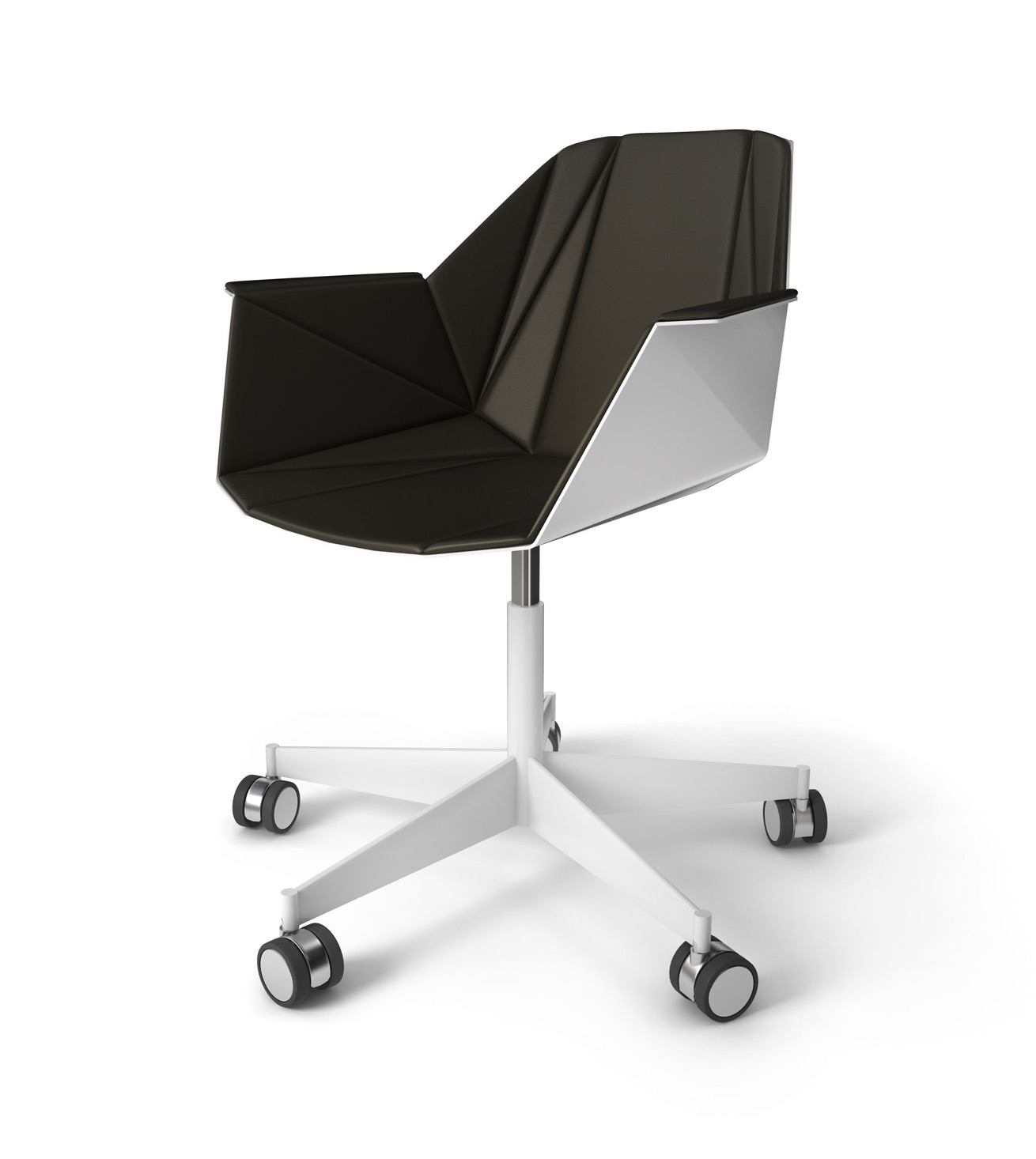
Alumni Task
Risk
To establish a design label in a risky economic year like 2011 requires not only guts, entrepreneurship and plenty of resources, but also intuition, insight, patience and perseverance. Broeders: “The advantage is that, as Aarts & Co, I am also a customer and I tested different aspects among the target group. Is there a need for a certain product? Perseverance is also essential. If you want to sell products, you shouldn’t act hastily. I don’t believe in a quick win.”
The name was already there. In addition to Emotional Quotient, eQ+ stands for commerce: the “plus” is the business factor. At the end of the day, money has to be made to be able to continue to invest, according to the resolute Broeders.
But how do you determine the identity of a new design label? Analysis, target group, self-examination, talking, talking and more talking. Debating and convincing each other. Rethinking and reconsidering. In short, it is certain that this Dutch label has an international character, with intriguing and inviting designs.
The trio brainstorms a lot. The designers present sketches and models, eQ+ offers input on products they have seen. Lensink: “Jasper often says: ‘For me, it doesn’t become interesting until it gets hard.’ That means not choosing obvious solutions for production, and taking the time to refine the prototype until all the teething troubles are gone.”
“If a manufacturer says something is ‘impossible,’ I lose interest. But ‘difficult’ really gets my attention,” Broeders responds. “It takes more time and more money, but the initiative is mine.”
Visser: “Not all brands in the Netherlands are prepared to invest this much. This leads to different design and production solutions. It might be done cheaper, but it’s just not right. And don’t be mistaken, the name eQ+ is becoming known now, but four years ago we weren’t very well known as designers. Dutch labels often play it safe by contracting well-known designers. We took a risk by committing ourselves to an unknown brand, and Jasper took a risk by engaging us. That takes courage as a company.”
To build up eQ+’s network of suppliers they visited countless manufacturers and their agents. This means endless phone calls and emails and traipsing all throughout of the Netherlands. “The production side is very important, because it concerns quality and price,” says Lensink. “In the project market, the architect or the buyer of a large company is the decision maker. They have a price in mind that a particular piece of furniture has to match. Then you compare that need to what other manufacturers have and make sure there are different options. And also: can you guarantee large quantities? There is quite a difference between ordering five, fifty or five hundred. If you have five hundred pieces on hand (i.e. have been able to finance five hundred pieces), both you and the customer profit in terms of price.”
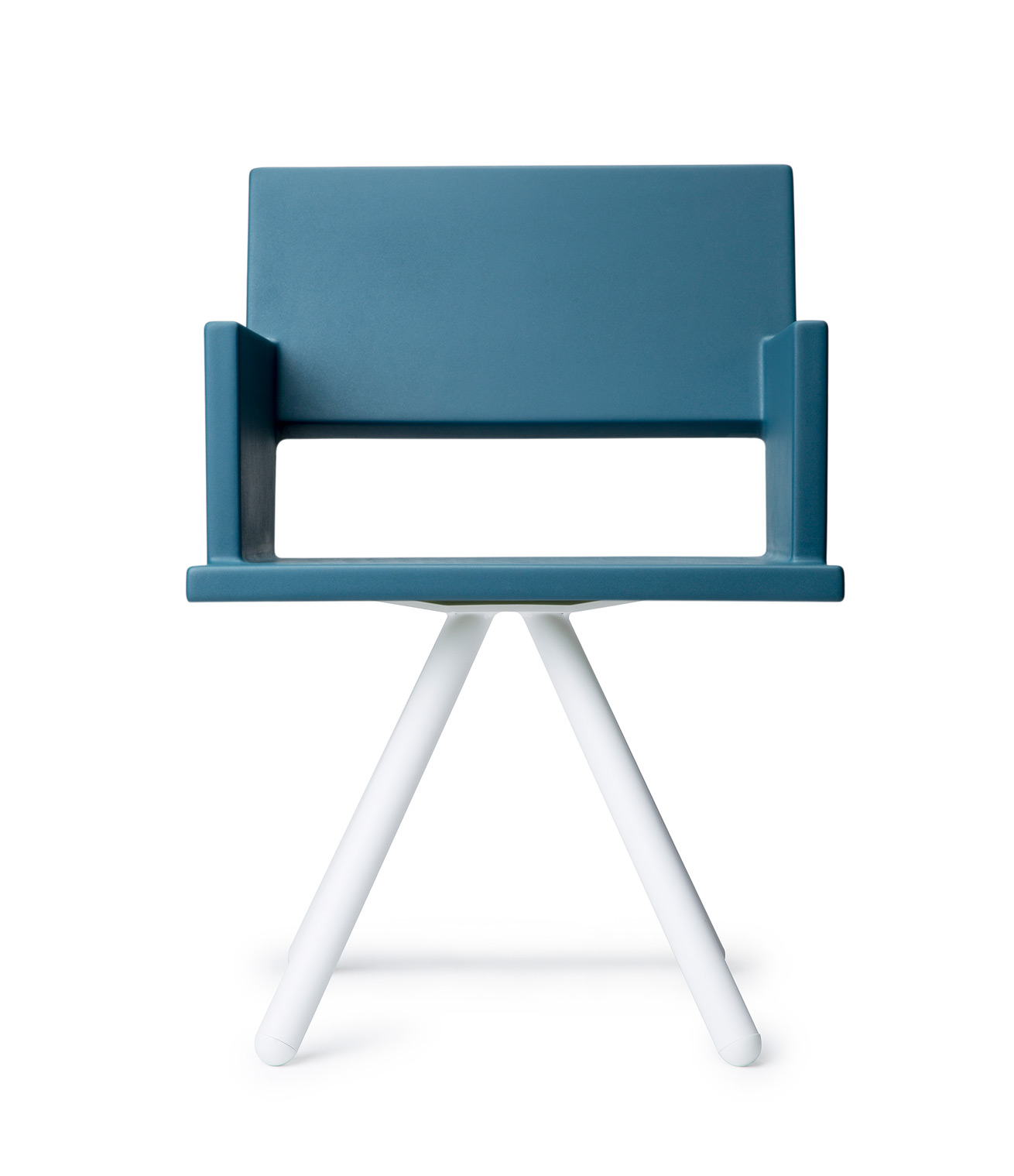
L.A.F.
Laboratory
“We made good use of the lean years of the crisis,” Lensink says dryly. The brand is now up and running, and, in principle, the designers are not creating new products for eQ+ because growth of the collection has taken a back seat for now, although they remain consulting art directors. The knowledge and experience gained from this extraordinary collaboration has resulted in a collection that is reasonably unique in the Netherlands. Visser: “It is the complete translation from a concept to a realised production model. The prices, production possibilities, customer and fair presentation deadline are leading.”
“Creating a good product doesn’t stop with creating a good design. Knowledge and attention to production possibilities are crucial,” nods Lensink.
But it is possible, for those who take some time to immerse themselves into the process. “Just do it!” Visser advises. “Take your dreams seriously and do something with them. Call those companies, acquire knowledge and, above all, persevere.”
Before setting their sights on their own labels, colleague designers might do well to visit Broeders. Because he has another “plus” up his sleeve: a genuine “laboratory” for young designers who will contribute to the collection. In the eQ+ lab, they are given the opportunity to develop great things. “It’s a kind of breeding ground: an inspiring place and the front door to the general eQ+ collection,” states Broeders, who, for example, wants to approach fashion designers to design carpets and textiles for upholstery. He is also considering lounge furniture and lighting. “There is already demand from the consumer market,” he says. In particular for the Alumni; the Wood and Grace types are very suitable. The future lounge furniture takes advantage of that.”
It is like he is on an exciting journey and comes across all kinds of things along the way, such as commissions from the home market. His prognosis: in ten years, eQ+ will have a clear-cut position in Europe and a few metropolises, like New York, Shanghai, Sydney and Tokyo. How? Broeders: “By being visible at fairs and in magazines. I expect that the designs will still be considered contemporary in fifty years and we will be able to say: They stood the test of time.’
eQ+ is on show at the London Design Festival, 24/27 September 2015 at Super Brands. For more information see Dutch Design Press Desk
